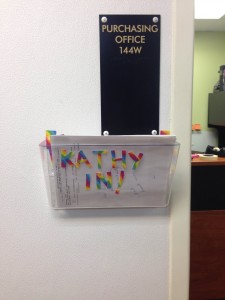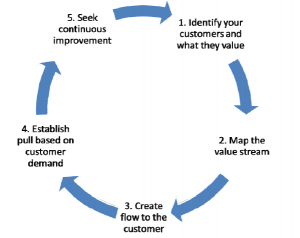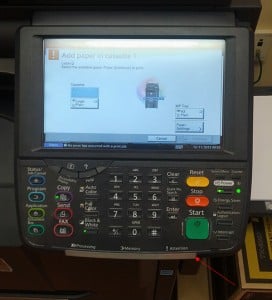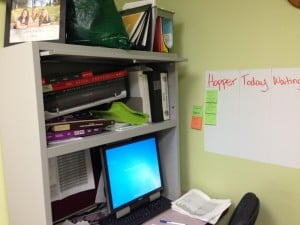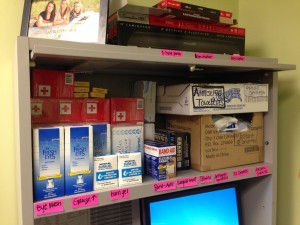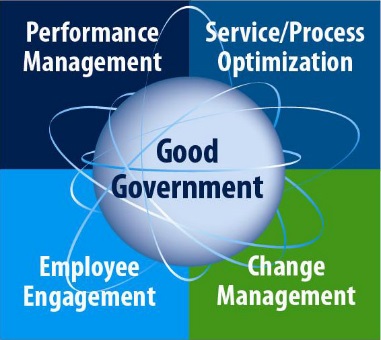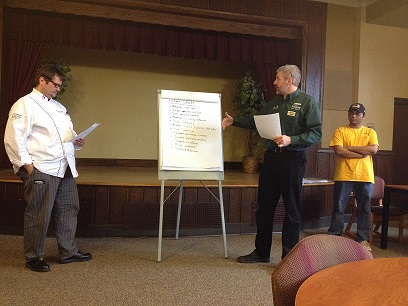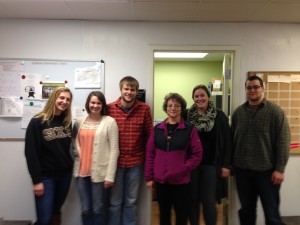Rapid experimentation can be used to test out a hypothesis or countermeasure that can be easily and usually inexpensively implemented, allowing quick iterations through the PDCA cycle.
During a recent 5S event with Kathy Wardynski, Manager of Purchasing and Process Improvement for Dining Services, it was determined that Kathy had a need for an inbox where coworkers could leave information for Kathy to “pull” from, rather than having the work “pushed” at her by dropping it off directly on her desk. So, we did a little rapid experimentation! We put creativity before capital and used some funky duct tape from our office to attach a spare wall pocket just outside the door to Kathy’s office. Now Kathy is able to pull work from this inbox as she has time to process it.
